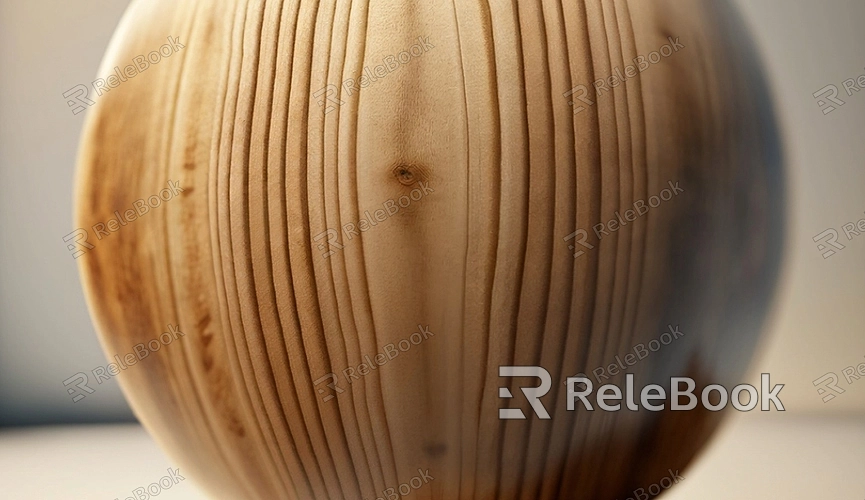Application of Wood Door Texture
Wood door texture finds extensive use in 3D modeling and 3D scene design, particularly in applications like Maya, Blender, and 3ds Max. It is frequently employed to enhance the realism of rendering for 3D architectural models and individual 3D models. The use of wood door texture through these 3D textures provides models with a more textured and realistic appearance. Let's explore the common steps and processes involved in the application of wood door texture.

1. Choose Appropriate Wood Door Texture: Select a wood door texture that aligns with the design theme of your project. It could be a classic wood texture, antique wood grain, or a modern design for wood doors.
2. Prepare 3D Model: Prepare your door model in Blender or other 3D modeling software, ensuring that the model's UV mapping is set up correctly.
3. Import Wood Door Texture: Import the chosen wood door texture into the project, ensuring that the image quality and resolution meet your design requirements.
4. Adjust UV Mapping: Fine-tune UV mapping on the model to ensure accurate mapping of the wood door texture onto different parts of the door.
5. Render and Lighting Adjustment: Adjust lighting effects in the rendering settings, observing how the wood door texture performs under different lighting conditions.
6. Add Details and Effects: Use image editing software to enhance details of the wood door, such as wood grain depth, transitions of light and shadow, making it more lifelike.
7. Real-time Preview: In 3D modeling software, preview the wood door texture effects in real-time, making necessary adjustments to ensure seamless integration with the overall scene.
Common Wood Door Texture Rendering Effects:
1. Classical European Door Design: Apply a wood door texture with classical European influences, adorned with carved patterns, to add a noble ambiance to castle or palace scenes.
2. Modern Minimalist Entrance: Use a modern-designed wood door texture that is simple yet tasteful, suitable for entrances in modern residences or commercial spaces.
3. Rural Cabin Door: Apply an antique wood grain texture to showcase the simplicity and warmth of doors in rural cabins, creating a homely atmosphere.
4. Art Gallery Entrance: Use a unique wood door texture in art gallery scenes to infuse an artistic flair into the gallery entrance.
5. Ancient Castle Secret Door: Utilize retro textures to design a mysterious door for a castle, suitable for fantasy game or movie scenes.
6. Wooden Shop Facade: Craft a wood door texture for the storefront of a shop, adding charm to small commercial areas and reflecting the owner's attention to detail.
7. Resort Cabin Door: Use a natural wood texture for designing doors in resort cabins, creating a tranquil and comfortable vacation atmosphere.
8. Unique Art Studio Door: Apply abstract wood door texture in an art studio scene, providing creative professionals with a unique workspace.
By applying wood door texture through texture mapping, it adds texture and visual appeal to 3D models. In game design, this type of texture is often used to create natural or urban scenes in virtual environments. If you need high-quality 3D textures and HDRI or 3D model downloads, you can find them on Relebook. Simply download and import the textures and 3D models directly into your project.

